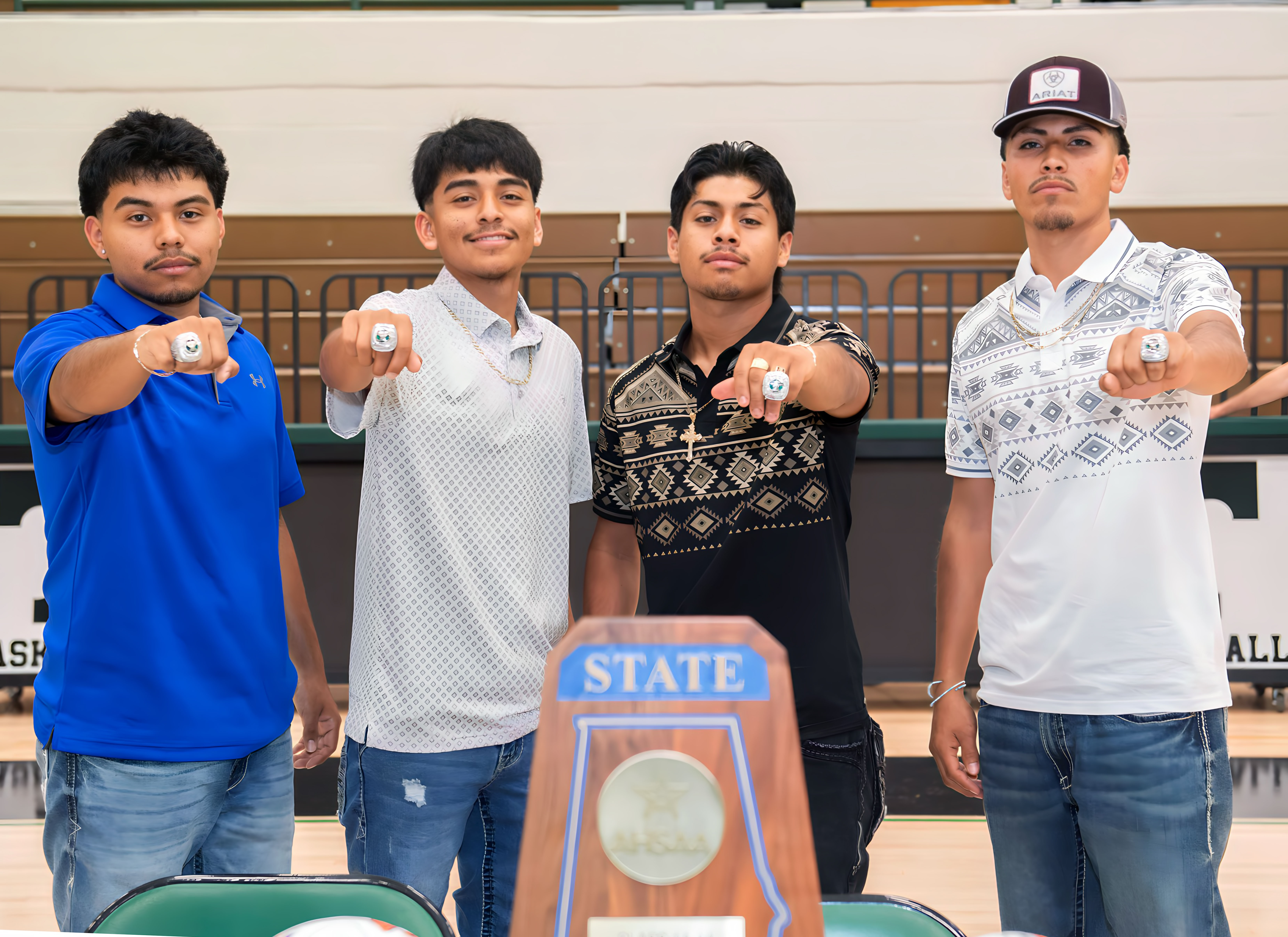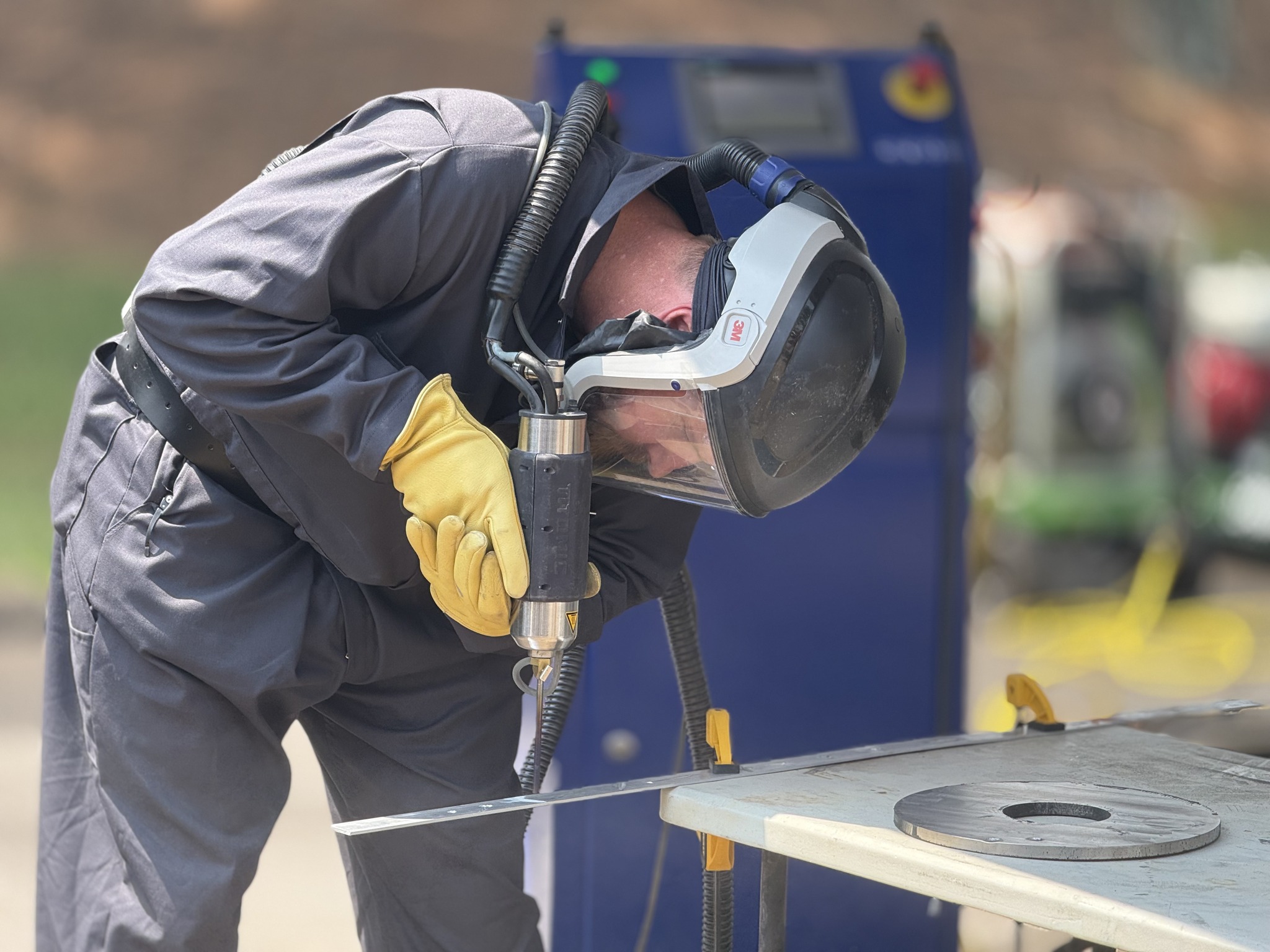OWL’S EYE: Wall of fear
Published 10:30 am Tuesday, July 12, 2022
We Owls admire your human inventions. Just the other day, I flew past a window and heard this story coming from one of your remarkable radios. It is the story of one man’s experience in seeing the Iron Curtain, the border between East and West Germany, for the first time during the Cold War in the 1980s. He said this:
“In my memory I still hear the gravel churn beneath the West German officer’s Volkswagen. We pulled to a stop. We all got out into a gray mist, punctuated by periodic warm showers. The day’s color was a moody, foggy gray. And then we saw it. Our colleague pointed to the East German Communist border, the ‘Iron Curtain.’ ‘This is why you are here, gentlemen,’ he said to me and two fellow American Army officers.”
Trending
We saw with our own eyes the relentless barrier built by the communist government. What seemed an infinity of barbed wire, laced with strange devices, winded its way over the entire landscape. Here it pierced a forest; there it cut across a long-severed bridge, snaking its way into a wooded, invisible beyond. The strange attachments were known to be self-firing devices. If someone tried to escape from the east, pressure from his body on the wire would cause them to fire down the fence line. They were arranged three meters apart, at leg, torso, and head height.
A guard tower, much as we’d seen in concentration camp photos, surveyed the entire area. Spread below was an empty no-man’s land. Where all the vegetation was cut away, there remained wide fields of fire for their machine guns and cleared attack zones for vicious German Shepherds and Dobermans. Anyone trying to escape west from East Germany could be shot on sight by their guards. A guard who killed such an escaper received two weeks’ vacation and a financial bonus.
Sometimes the border ran near a town. Generally, the eastern side of the border would be evacuated and the population moved inland another five kilometers. Where this was too problematic, like the little town we saw, a solid concrete wall would be erected. On top of these walls a rotating hollow pipe was installed in steel rings. If an escaper climbed to the top, the loose pipe would whirl him back to the ground.
A gravel road paralleled the entire barrier. Armed East Germans in patrol vehicles drove back and forth, constantly checking their sentries. These sentries always walked in pairs. If one even suggested the possibility of flight to the West, his colleague was obligated to report him to the Communist secret police. They did so because they feared that, if they did not, they would be incarcerated. They never knew if the “talk of flight to the West” was a provocation to test his loyalty.
On the day we viewed the vast prison that was East Germany, a strange procession occurred. A half dozen men shuffled out through the border’s only visible gate, dressed in grayish blue prison uniforms, followed by guards. Each prisoner moved with a robotic trudge, pulling wide slates to drag across and smooth the no man’s land. Finished, they were unhitched and marched back behind the fence.
“Never wave at them,” our guide counseled. “If you do, they might take a photograph, falsify the picture, and insert a clenched fist on your hand. They’ll lie and say you are showing solidarity with them.”
Trending
That happened when I was young, and the war was cold. I’m told that today, after German reunification, the severed bridge is once more connected. The barbed wire fences, vicious dogs, machine guns, and guards are long gone. The trace of the border is now a nature trail. The people, reunited, no longer fear. Our President Kennedy summarized that sad time best when he said, “We don’t need a wall to keep our people in.”
Our guide said, as he got back into his car that day, “You see, my brother is over there.”





